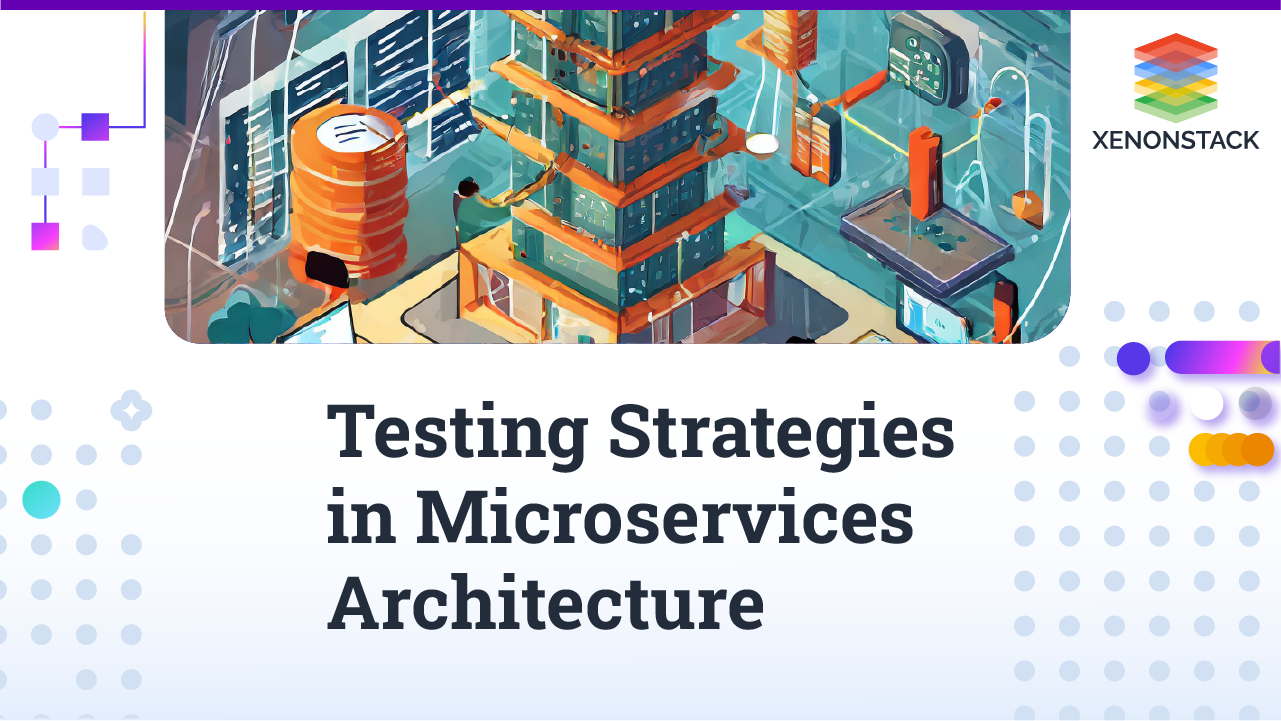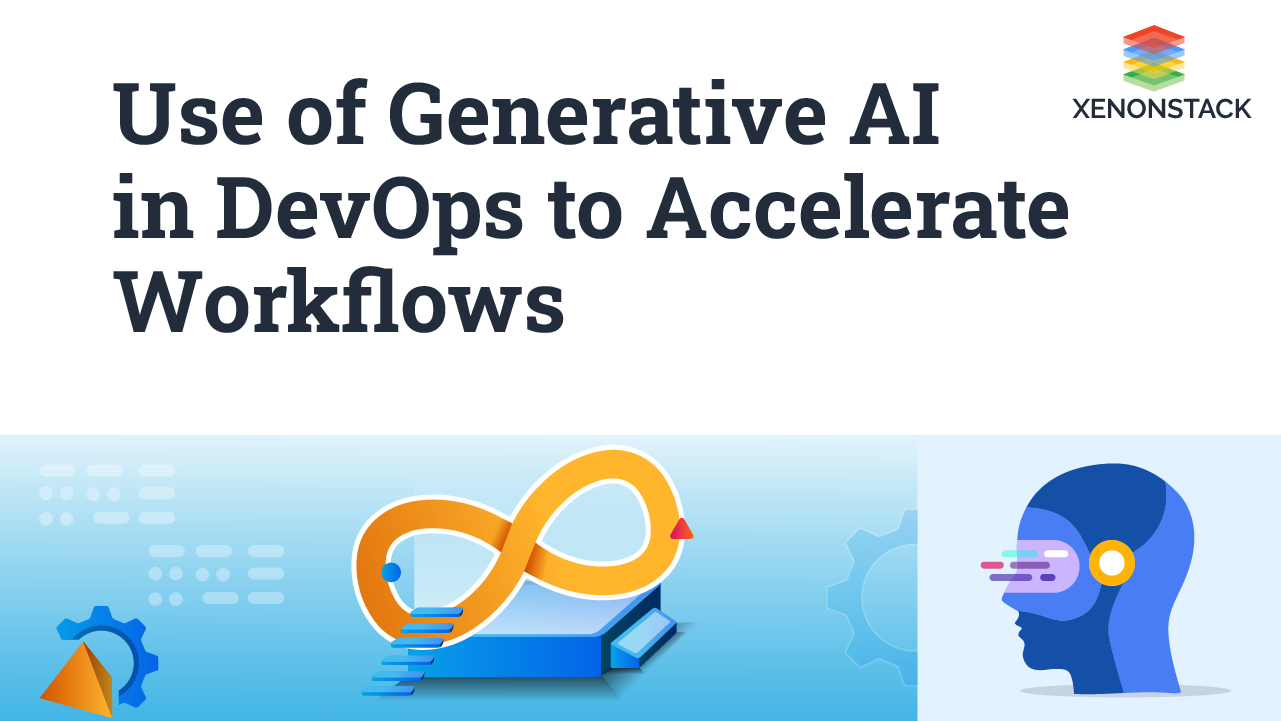
Introduction to Microservices Testing
Microservices testing is a strategy used to ensure the functionality and performance of individual services within a microservices architecture. This approach treats each service as an isolated unit and tests them independently to validate their functionality, reliability, and seamless integration with other services. The testing process often includes unit tests, which focus on small, isolated parts of the service, and component tests, which examine the service, including its interactions with databases and other services. This comprehensive testing approach is crucial in maintaining the robustness and reliability of applications built using a microservices architecture.
What is the Microservices Testing Strategy?
Microservices Testing Strategy is a method that involves breaking down an application into smaller, independent services and testing each one separately. This approach focuses on testing the APIs and communication between these microservices to ensure they integrate properly. It also emphasizes unit testing, contract testing, and end-to-end testing.
By using techniques like mocking, stubbing, and specialized tools, this strategy helps ensure the reliability, scalability, and maintainability of microservices-based applications. It allows for thorough testing of each microservice individually, without relying on other services. These speeds up the testing process and makes it easier to identify and fix bugs.
Additionally, this strategy helps detect data inconsistency, communication failures, and integration problems that may arise from the complex interactions between microservices over networks. It also supports continuous integration and continuous deployment (CI/CD) practices by enabling structured and automated testing. This allows for confident deployment of changes to the application.
How to adopt Automated Testing for Microservices?
There are five strategies used to approach testing Microservices successfully.
1. The Documentation-first Strategy
Follow a documentation-first approach, most of it is marked in Git. API documents stay open source, so it’s all public. At that point, before anybody writes any API changes or either different API, refresh the documentation first, and have that change investigated to ensure that it adjusts with API conventions and standards which are altogether documented and ensure that there’s no breaking change present. Ensure it accommodates naming conventions and so forth as well.
2. The Stack in-a-box Strategy
The stack-in-a-box strategy involves replicating a Cloud environment locally and testing everything in one Vagrant instance by running "$ vagrant up".
3. The AWS Testing Strategy
There is a third method for testing which involves utilizing an Amazon Web Services (AWS) framework to deploy and run the tests. This approach is more flexible compared to the "stack in-a-box" strategy. Some people call it a personal deployment strategy, where each person has their own AWS account. The code that is present on the workstation can be uploaded to AWS in just ten minutes and run like a real system.
4. The Shared Testing Instances Strategy
The fourth strategy involves a combination of full-stack in-a-box and AWS testing. It requires using a personal computer to work locally while utilizing a shared instance of a Microservice to point the local environment during testing. Some developers run a different instance of a Microservice for testing local buildings. However, the local builder would point to a test image parser that's running on the Google infrastructure.
5. The Stubbed Services Strategy
The marks or ‘stubs’ of Microservices behave like the right service and advertise in service discovery as real service but are a dummy imitation. For example, a testing service may require that the service becomes aware that a user carries out a set of tasks. With stubbed services, imagine that user tasks have occurred without the typical complexities that come with that. This approach is much lighter compared to running services in total.
What are the benefits of Automated Testing for Microservices?
The benefits of microservices are many and varied. Many of these benefits can be laid at the door of any distributed system. Microservices, however, tend to achieve these benefits to a greater degree primarily due to how far they take the concepts behind distributed systems and service-oriented architecture. There are the following benefits of enabling Automated Testing for Microservices -
1. Deployed Independently
The most important benefit of the microservices is that it deployed independently of the other modules. In case there is a need to make changes to the module other modules remain unaffected. If one module stopped working, the application will not be affected, only that one module will be affected.
2. Parallelize Development
The application which was broken down into smaller modules will be developed parallel to different developers working on different modules and the development of all the modules in parallel.
3. Simplifying the Management of Complex Microservices-Based Applications
Testing microservices is crucial due to their autonomous nature, complex interactions, and the need for continuous deployment. Each microservice has its own dependencies and potential failure points, making individual and system-wide testing necessary for ensuring the overall functionality of the application. This makes automated testing essential for managing the complexity and scale of microservices-based applications. Automated testing reduces the time required for test creation, maintenance, and analysis while supporting rapid, reliable deployment of changes.
Here are a few additional advantages of Testing Microservices
1. Incentivize better isolation between services and the design of better systems.
2. Automated testing applies design pressure on programmers, encouraging them to structure the API in an easily consumable manner.
3. Tests act as fantastic documentation for the API exposed by an application.
4. Automated testing allows for testing each service individually.
5. Automated testing enables testing of the different functional pieces of the application.
6. Automated monitoring helps assess the impact of changes.
7. Monitor the ongoing performance of the application.
How Automated Microservices Testing Works?
1. Test Each Service Individually
Test automation is a tool for testing discrete Microservices. It is easy to create a simple test harness that repeatedly calls the service and compares a known set of inputs against an expected output. However, on its own, it wouldn't progress significantly with testing. It will free up the test team to concentrate on more complex testing.
2. Test the Different Functional Pieces of the Application
Once the key functional elements in the application have been identified, it is important to test them just like in traditional Integration Testing. Test automation provides a clear advantage in this scenario. One can create test scripts rapidly, which can be run each time one of the Microservices refreshes. By comparing the outputs of the new code with the previous outputs, any changes can be established quickly.
3. Avoid Testing in a Small Setup
Managers should avoid limiting resources for Microservices-based applications' testing. Instead, Cloud-Based testing should be leveraged to dynamically allocate resources as needed and release them once testing is complete.
4. Try to Test Across Different Setups
Advised to use multiple environments to test code, like cross-browser testing for web applications. The idea is to expose code to any minor variations in things like library versions, underlying hardware, etc. that may affect it while deploying to production. One approach to do this may be to make staging environments on the fly. Utilizing Kubernetes, it’s conceivable to create a test environment, populate it with data from a known source, load code, and then run tests. The excellence is that the environment is recreated each time automatically exposed to any differences that might exist. Of course, the flip side is that it becomes harder to diagnose the underlying cause of any bugs.
5. Use Canary Testing as Much as Possible
Canary testing is a methodology where a small set of users test changes in the code and contrast their experience with users still running the old code. This approach is particularly useful for testing Microservices. It utilizes monitoring to survey the effect of the change, observing error rates, service load, responsiveness, and similar metrics. By adopting a strategy where one service instance at a time updates, Canary Testing can be done quickly and automatically.
6. AI-powered Testing
AI or Artificial Intelligence is used to automate Canary Testing of the Microservices application completely. AI methodologies such as Deep Learning recognize changes and issues triggered by the new code. A few users are moved over to the new framework, and the AI compares their experience with that of existing users. Since this is possible automatically, it replaces the human in the loop.
7. Debuggable Code
Writing debuggable code involves the capacity to ask questions later on, which, in turn, requires correct code instrumentation. Understanding the chosen Observability arrangement (be it metrics, logs, unique case trackers, traces, or a mix of these) and its pros and cons is crucial. It's also important to pick the best observability to configure given the requirements of the service, operational quirks of the dependencies, and good engineering intuition.
Holistic Approach for Testing Microservices
A microservice application must be built with an awareness of how it can be tested. Having good test coverage gives you more confidence in your code and results in a better continuous delivery pipeline. As this is a new architectural approach, it requires a new approach to automated testing and quality assurance. The new approach divides the specific layers of tests. Five layers of tests are performed over microservices.
1. Unit Testing
In microservices, unit testing is performed on each service independently to ensure that it functions properly. This involves defining the testing boundaries, utilizing test stubs and mocks to replicate input scenarios, and adhering to best practices such as executing the appropriate level of tests and evaluating the security of services. Microservice architecture provides several benefits, including faster deployment, greater manageability, and increased independence. Unit testing is critical because it aids in the early detection of defects, reducing the expense of correcting errors later.
2. Integration Testing
Integration tests are used to test communication between services. These tests are designed to test basic success and error paths over a network boundary. Different components interact with each other for their functional dependency, while communicating with each other integration test verifies the communication paths between the components and detects the interface defects. Here, all test modules are integrated and tested as a subsystem. It checks that the communication paths between the subsystems work correctly while interacting with its peers.
In a microservice architecture, they are typically used to verify interactions between layers of integration code and the external components to which they are integrating. When the automated tests are written for the modules that are interacting with an external component, the basic goal is to verify the modules are interacting sufficiently with the external component. It is very difficult to trigger abnormal behavior such as a timeout or slow responses from the external component. Special tests are written to ensure that the test responds as expected in unexpected circumstances.
3. Component Testing
In microservices architecture, component testing refers to examining the behavior of a single or a group of microservices in isolation. This type of testing checks the functionality of a particular microservice by using simulated resources or mock services. The scope of component testing is limited to a specific part of the entire microservices infrastructure, and the microservice being tested is isolated within the system. The primary goal of component testing is to ensure that each microservice functions correctly in isolation, which is essential in a microservices architecture.
4. Contract Testing
Test the agreed contract for APIs and other resources provided by the microservice. At the external service's boundary, an integrated contract test is done to verify the contract expected by the consuming service. This test verifies that the component meets a contract. A test suite is written to verify only those aspects of the producing service that is in use. The service's behavior is not deeply tested, response latency and throughput should be within acceptable limits when input and output of the service call contain required attributes. This test is written by each test-consuming team and then packaged. The main aim of this test is to know the impact of the changes made by the maintainers on the consumers.
5. End-to-End (E2E) testing
End-to-End (E2E) testing is a comprehensive testing method that validates the entire microservices application, including its front-end, back-end, interconnected microservices, and databases. This method emulates real-world usage scenarios and tests complete user journeys. It helps identify issues that may not have been caught during unit or integration testing. In a microservices architecture, E2E testing is crucial as it ensures that all components of the application work together as expected.
Conclusion
In conclusion, microservices architecture is highly scalable and flexible, but it can also be quite complex. The complexity lies in the interactions that take place between numerous independent services. As the application grows more granular, it becomes increasingly difficult to manage and ensure seamless communication between these microservices. To overcome these challenges, testing strategies must adapt and focus on thorough integration testing, contract testing, and end-to-end testing to validate interactions and maintain application functionality. Furthermore, the decentralized nature of microservices architecture makes it difficult to trace and diagnose issues during runtime, which is why robust testing methodologies are crucial for ensuring the reliability and resilience of the application in dynamic production environments. By addressing these challenges effectively, organizations can take full advantage of the benefits of microservices architecture while mitigating risks and ensuring the overall quality of their applications.
- Discover more about KrakenD API Gateway for Microservices
- Click to explore Service-Oriented Architecture vs Microservices


